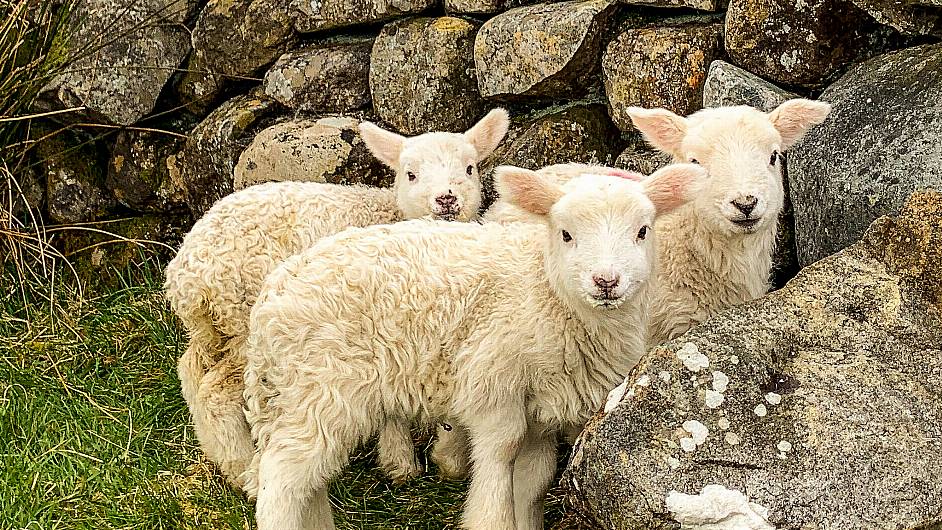The three main causes of mortality in newborn lambs are infections, hypothermia and starvation. Colostrum intake is the main way to prevent this, and to help make a profit
LAMBING is well underway on most sheep farms. However, there will be a few points to take into consideration in the run up to lambing.
The weight of the unborn lambs increases by 70% during the last six weeks of pregnancy so the management of the ewe flock in this period is critical for a successful lambing season.
Pregnancy scanning is a must for sheep farmers and should be used to increase productivity and profitability.
The optimum time to scan ewes is between 80 and 90 days post ram turnout.
Reducing mortality in your lamb crop starts even before the ewes went to the ram last autumn. A ewe should be a body condition score of three at lambing time.
Research has also shown that ewes that lamb down in poor body condition have lambs that are more prone to diseases and reduced growth rates. The target birth weights for lowland flocks is 6kg, 5kg and 4kg for lambs born singles, twins and triplets, respectively (this is based on 75kg mature weight lowland ewe).
The three main causes of mortality in newborn lambs are infections, hypothermia and starvation. The main way to prevent this is by managing colostrum intake in the newborn lamb and by paying attention to hygiene during lambing and in the lambing shed. Colostrum is the first milk produced by the ewe is really important that the new born lamb receives this in the first few hours of birth.
Colostrum has three very important characteristics which every new born lamb needs. It provides antibodies against disease which the lamb may encounter as soon as it is born; it acts as a laxative cleaning out the digestive tract of the new born lamb, and it supplies the lamb with a complete feed to meet all of its nutritional needs.
It is important to make sure that each lamb gets 5% of its body weight of ewes colostrum in the first four hours of life. This is critical to getting the lamb off to a good start. 5% of a lamb’s bodyweight for the average 5kg lamb is 250ml.
Take care if using cow’s colostrum. It is important to mix the colostrum from two or more cows as some cows have antibodies in their colostrum which will cause death in lambs.
Also be aware that Johnes disease in cows is transmissible to sheep in the colostrum. Some lambs may be too weak to suck the ewe so colostrum should be administered using a stomach tube.
New born lambs are born with no immunity, the cleanliness of the environment that they are born into is very important.
The environment is not just the pens, gates etc but also any items used by the farmer when assisting in the birth, feeding or handling of lambs, and also the clothing worn by the farmer.
In particular care needs to be taken to thoroughly disinfect the navel of the new-born lamb. The navel provides bugs with direct access to the internal organs of the lamb.
For this reason, it is critical that it is disinfected properly to prevent bugs from entering before drying out and shrivelling up.
The navel should be disinfected as soon as possible after birth and again four to six hours later. Immersing the navel in the disinfection fluid is preferable to spraying.
Keeping extra lambs alive is critical to the profitability of the system as it will result in more lambs to sell when they are being drafted.
It also reduces labour associated with nursing sick lambs and reduces the need for antibiotics to help fight disease.
Make sure to complete a forage budget now for next winter. Plan to apply 100 units/acre for first cut silage between slurry and bag fertiliser on the last week of March or first week of April.
Remember, even though fertiliser prices are very high, the cost of grazed grass is three times cheaper than meals and two time cheaper than silage.
So it is far better to spend the money on fertiliser to grow grass for grazing or silage than on meals. Analysis of financial figures from 2021 show that most of the benefit of record lamb prices was eroded by excessive levels of feeding.
• Stephen O’Sullivan is a business and technology drystock advisor based in the Teagasc office in Skibbereen.







